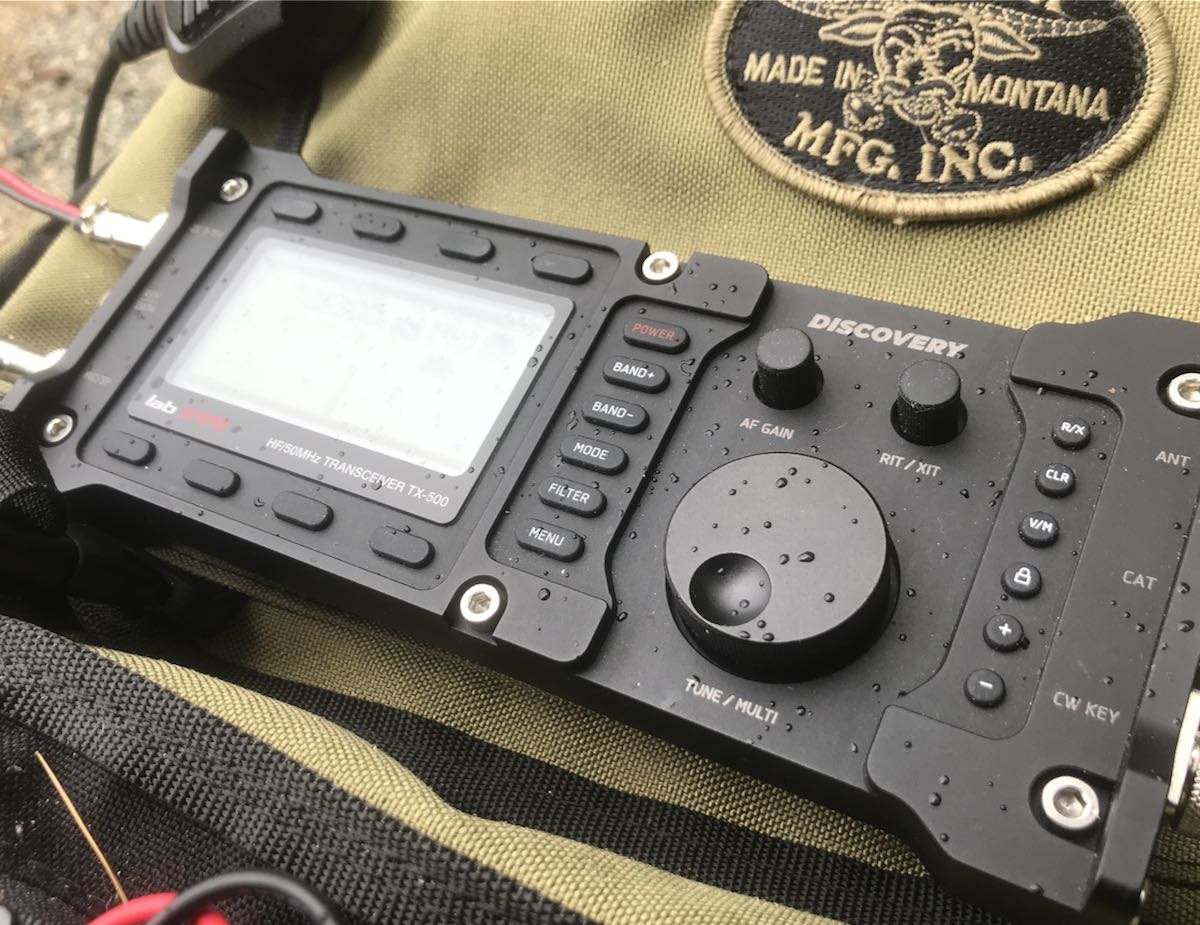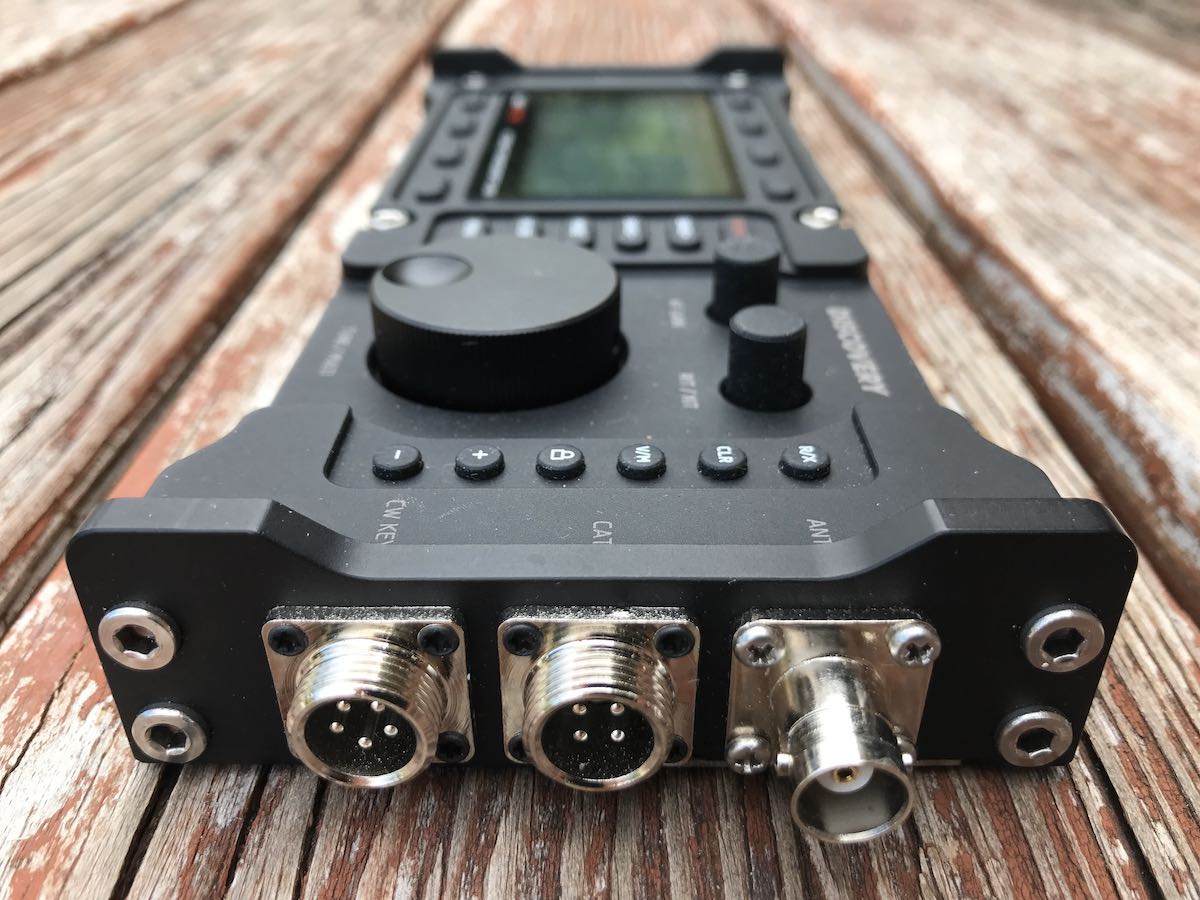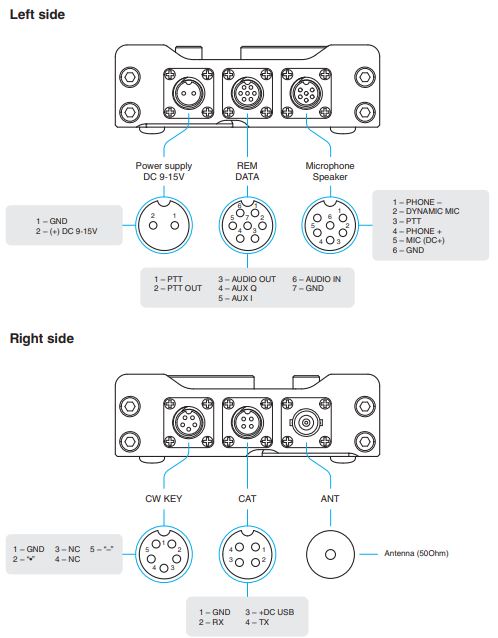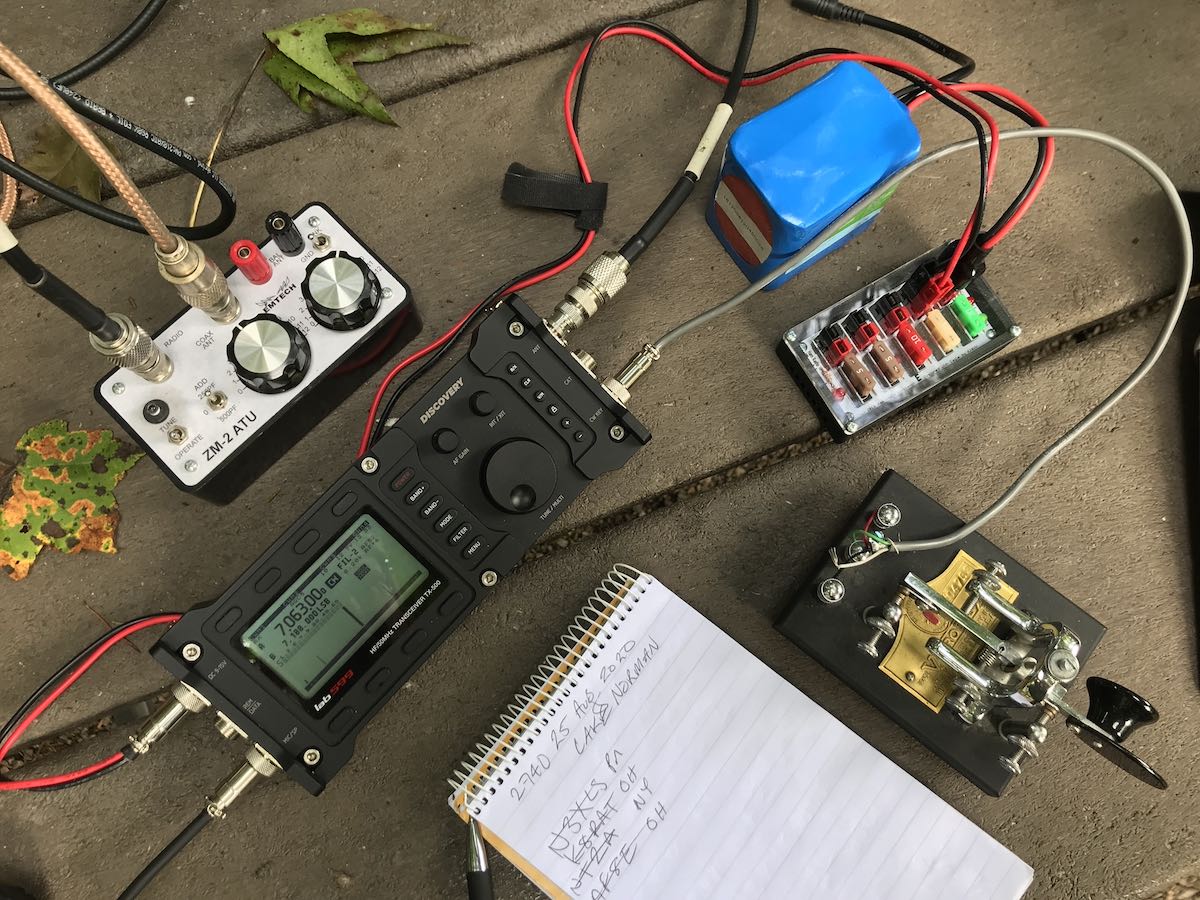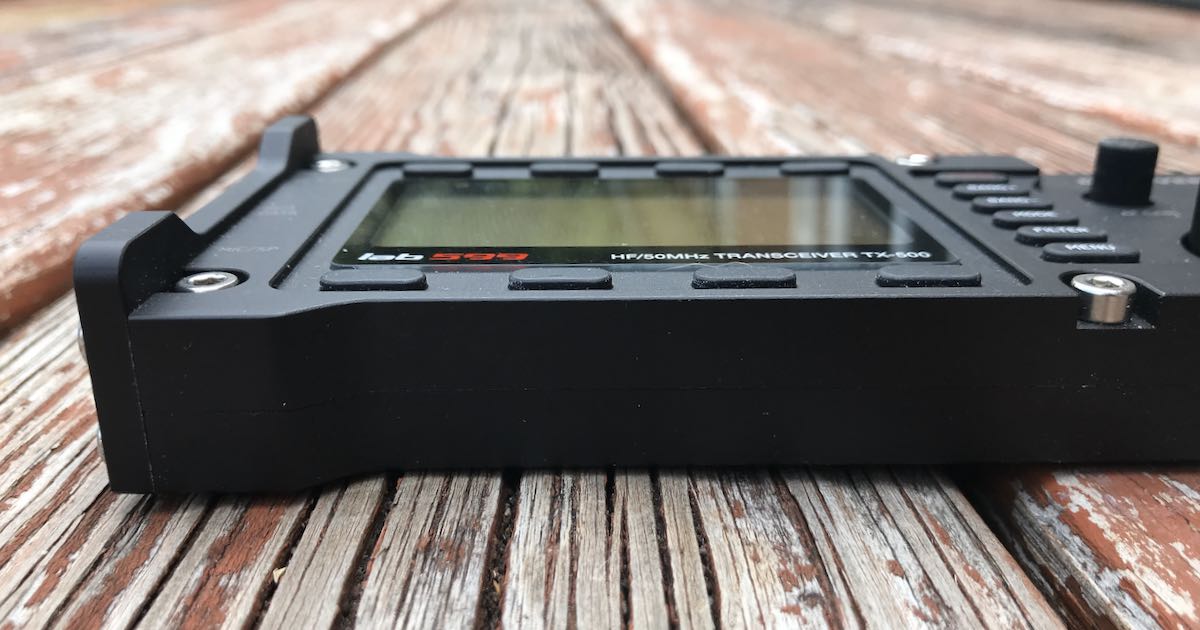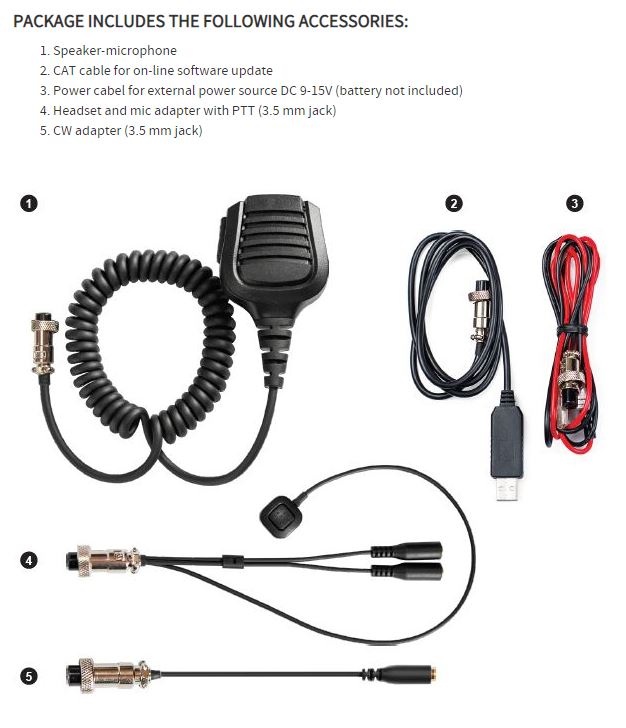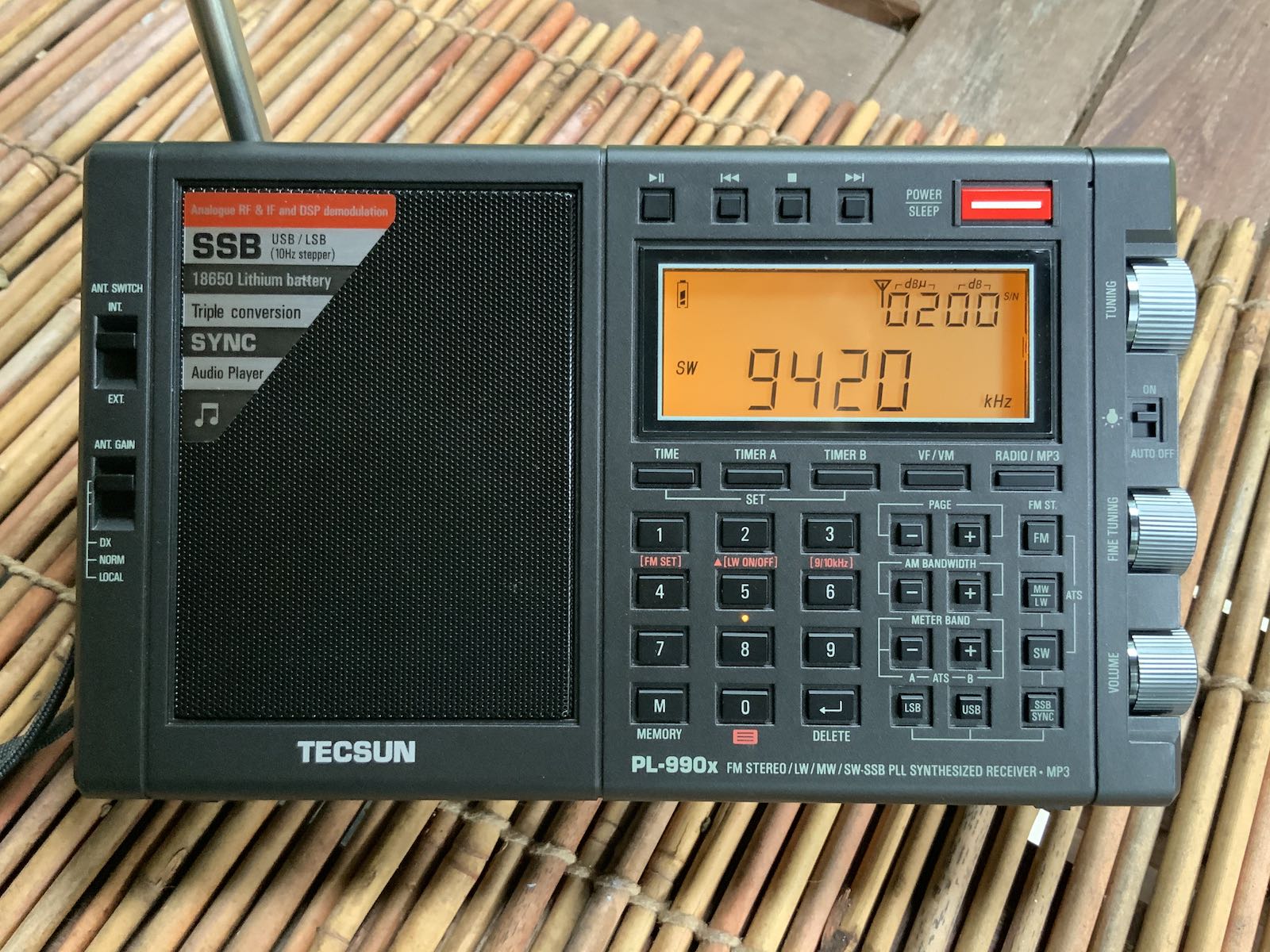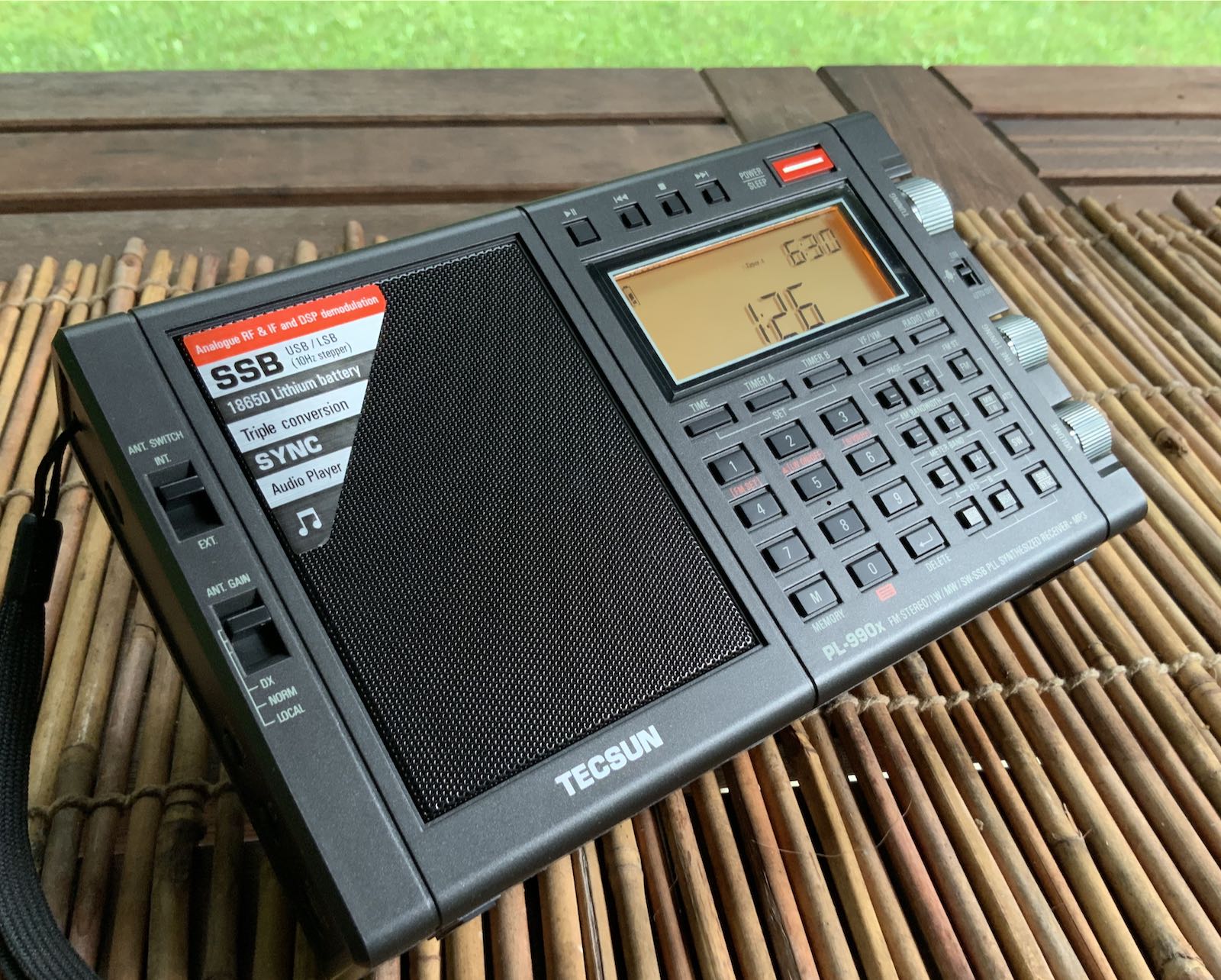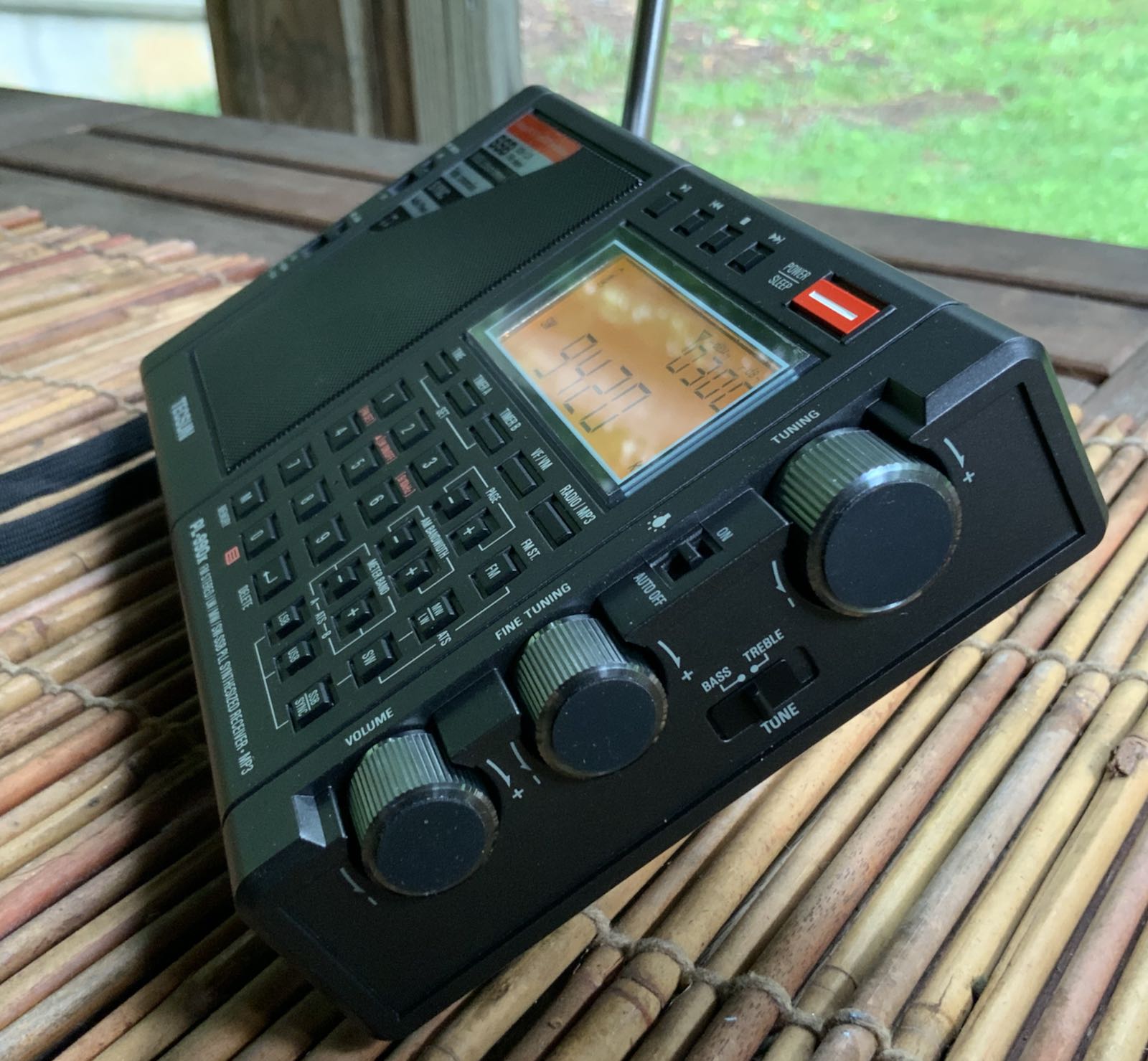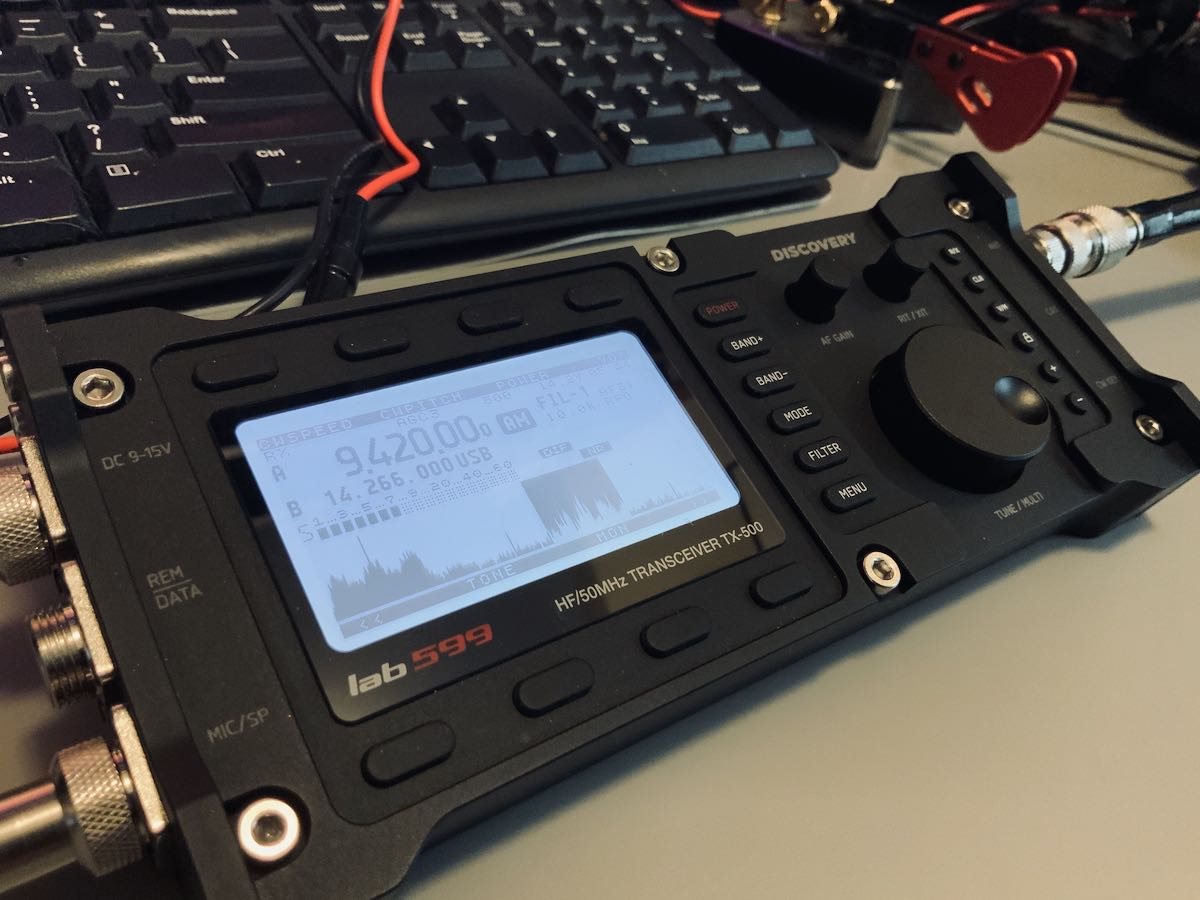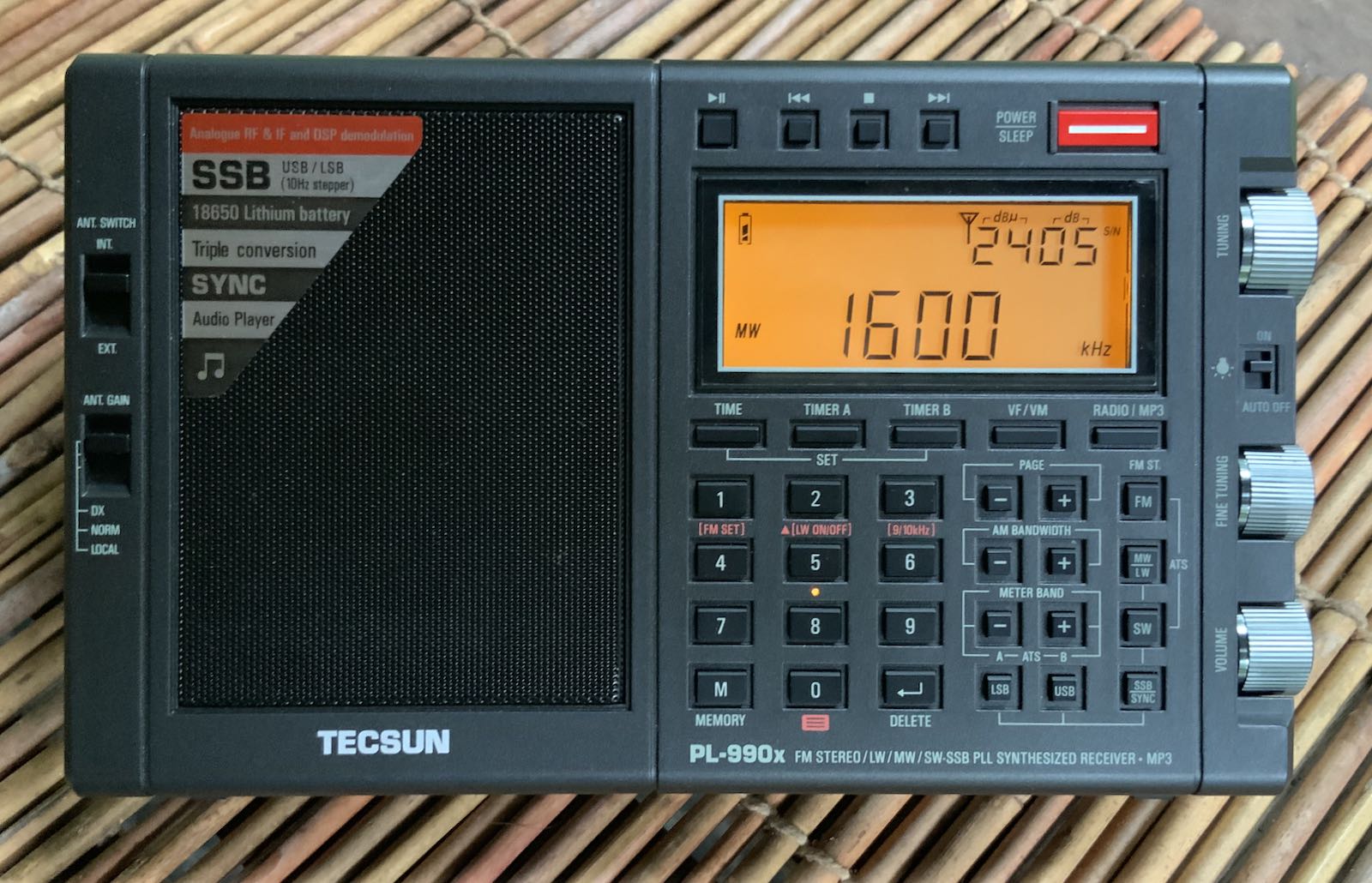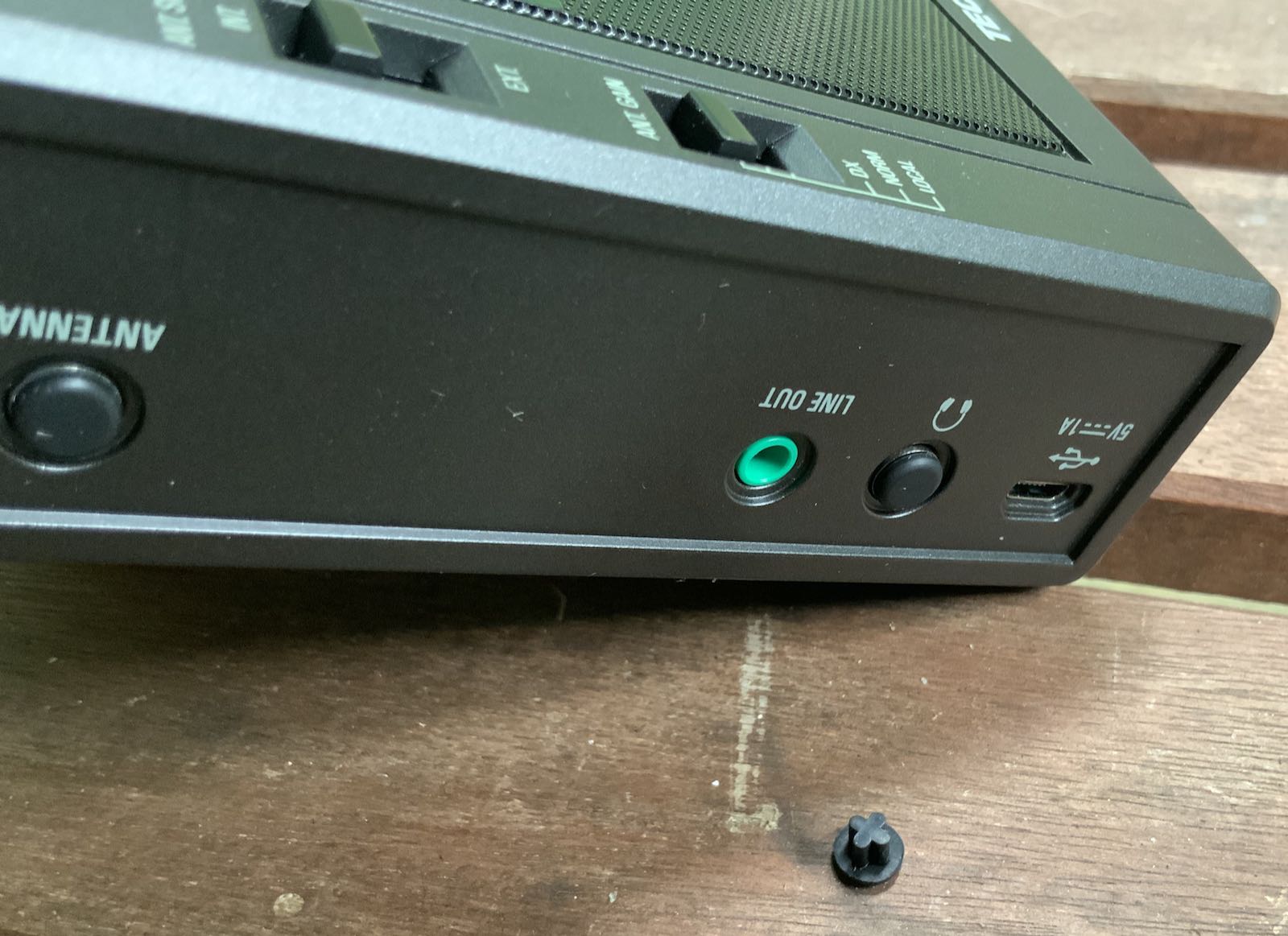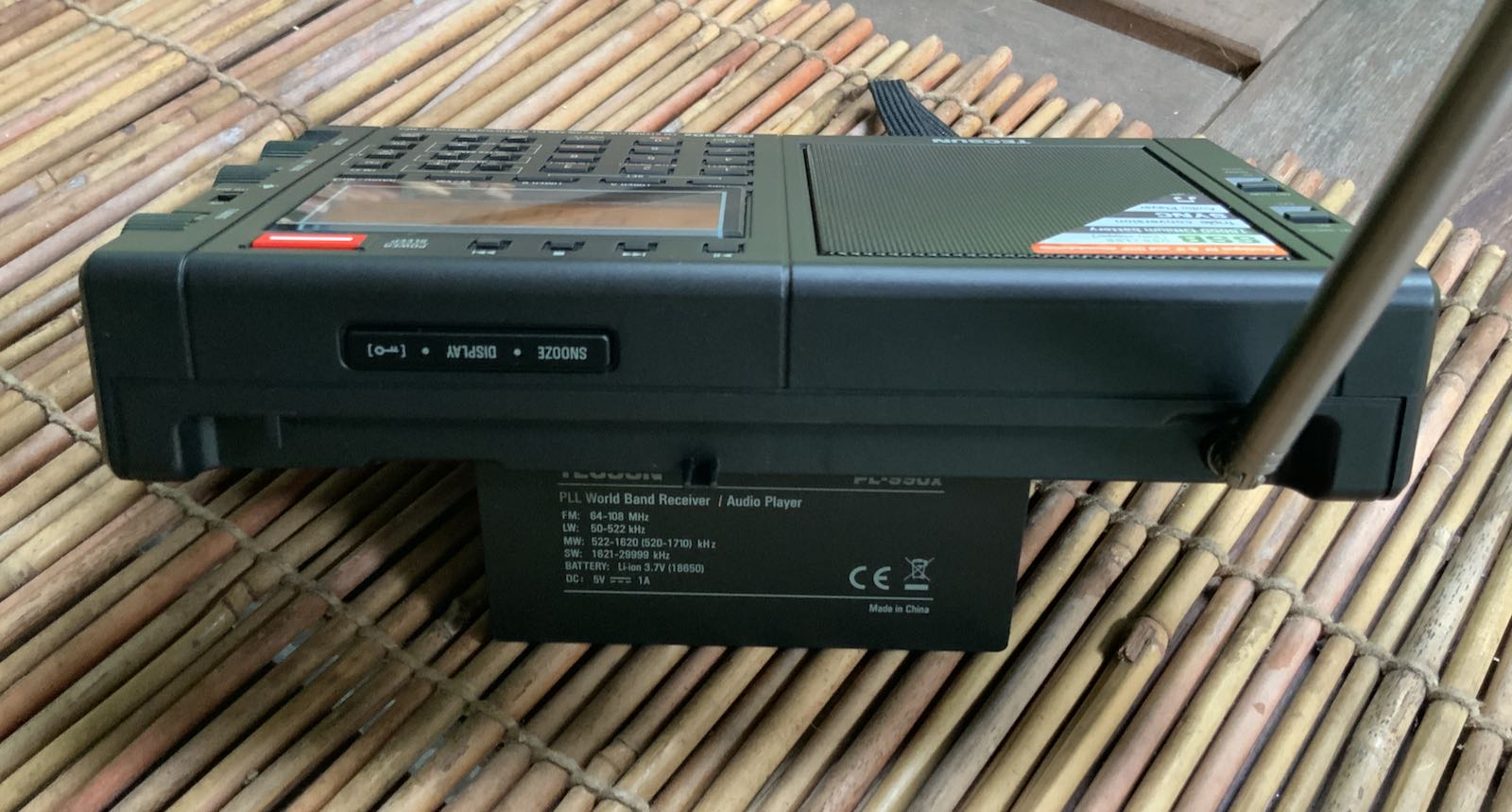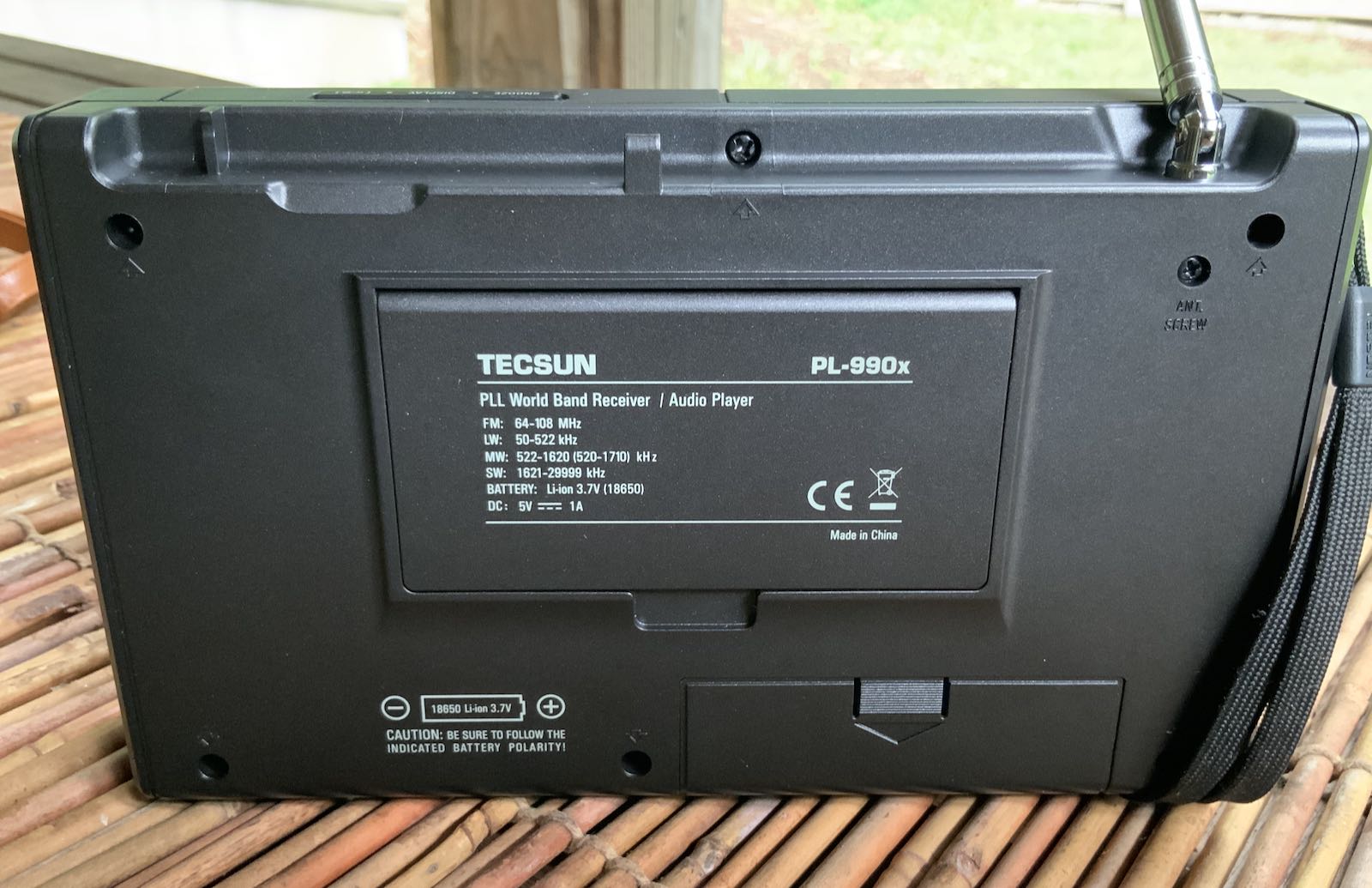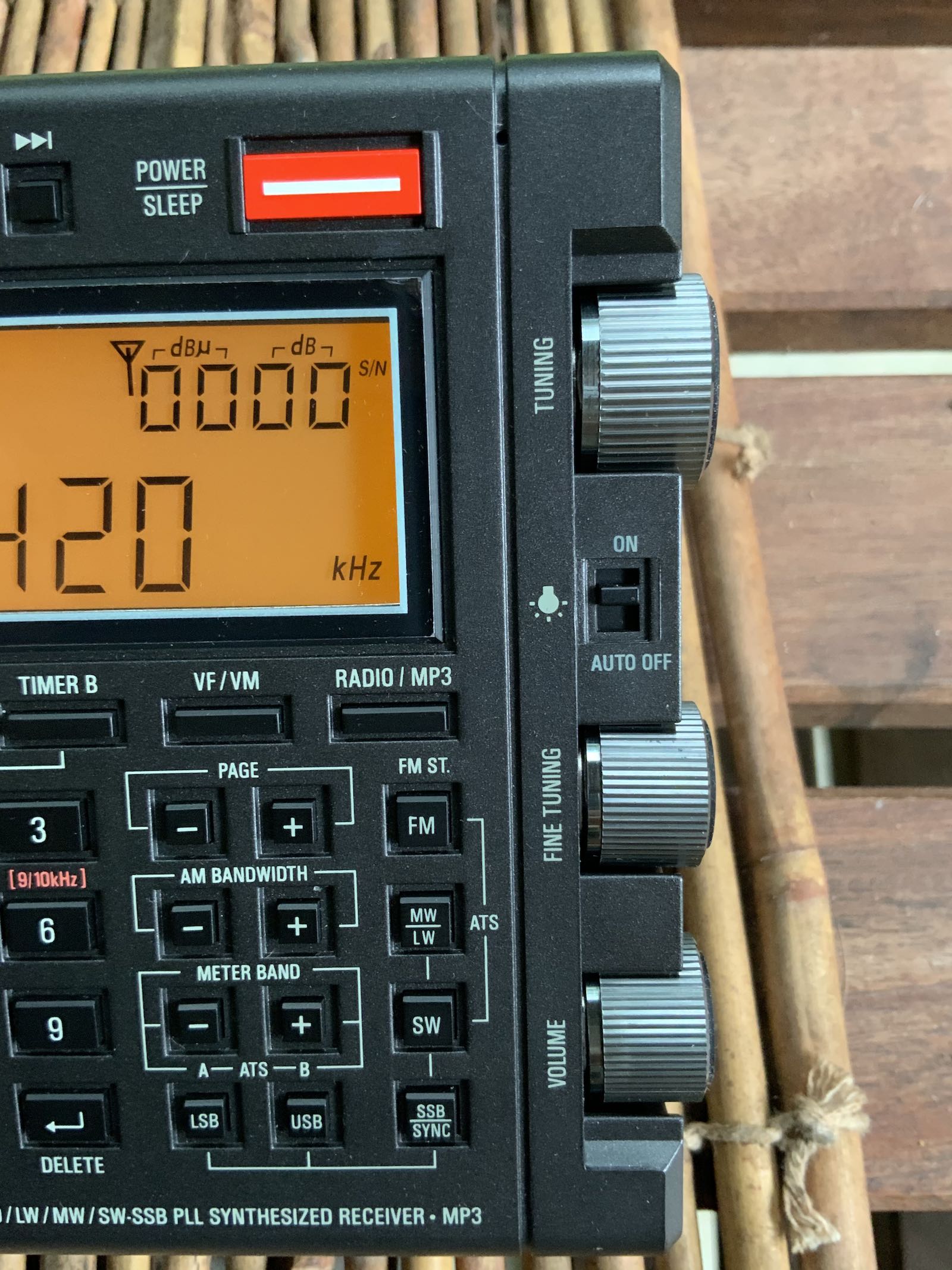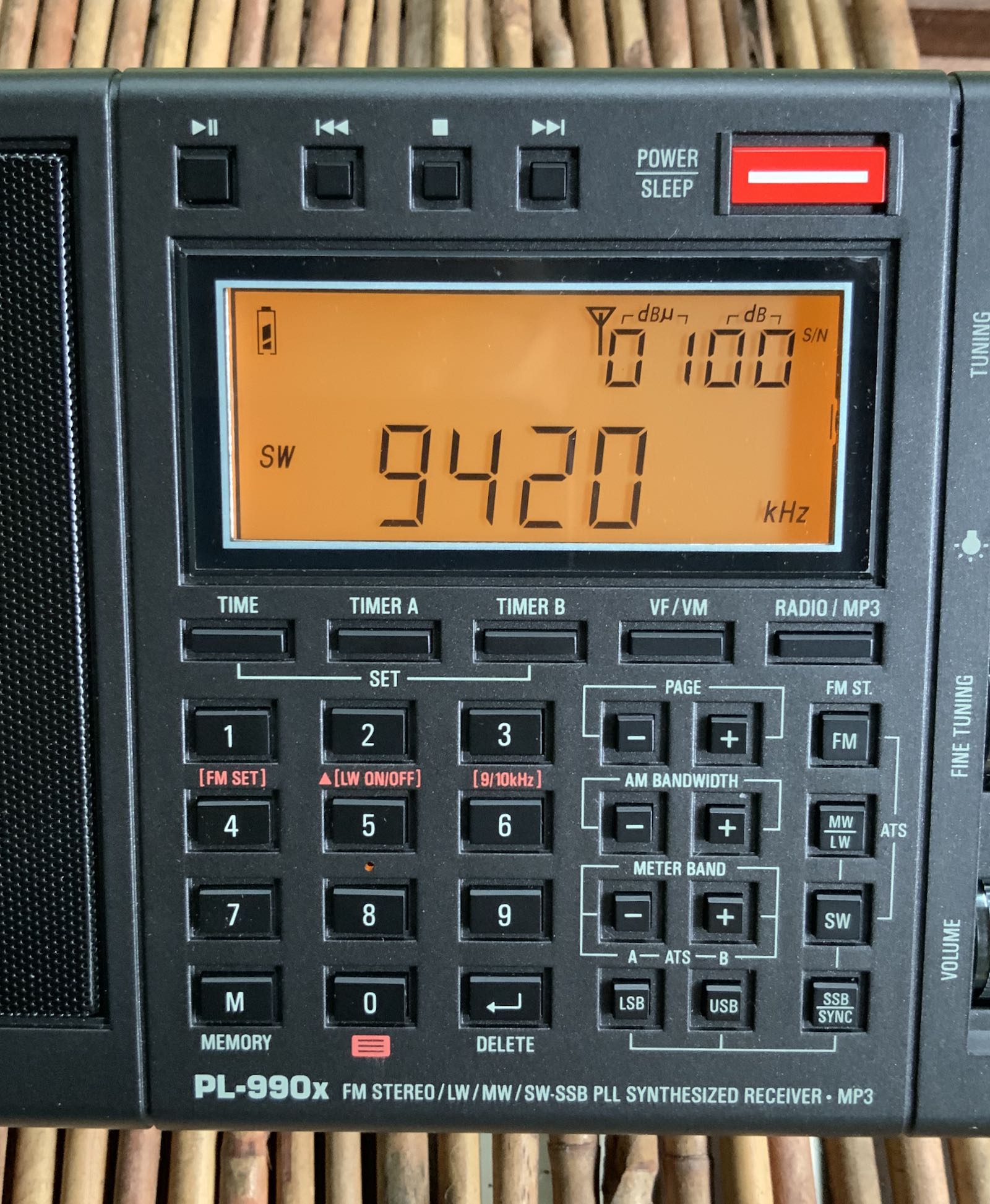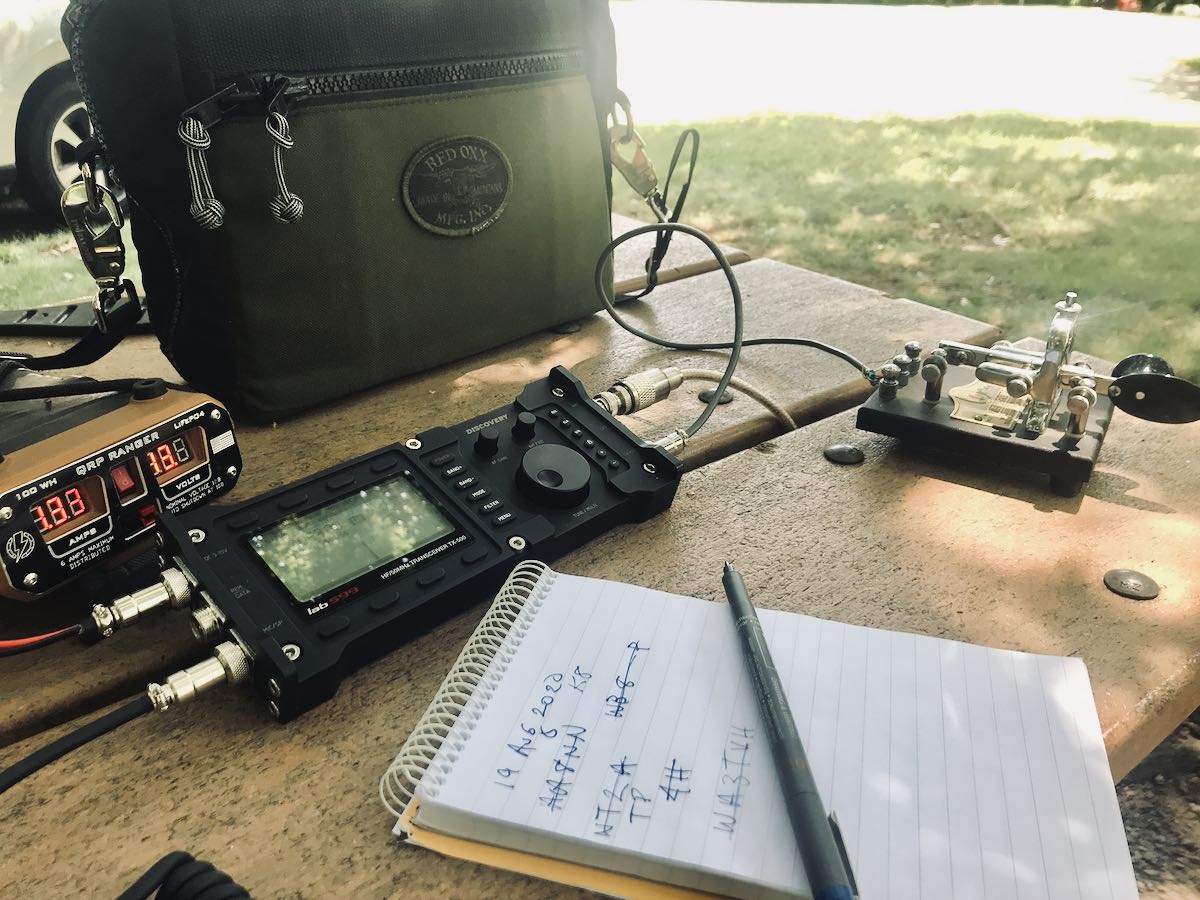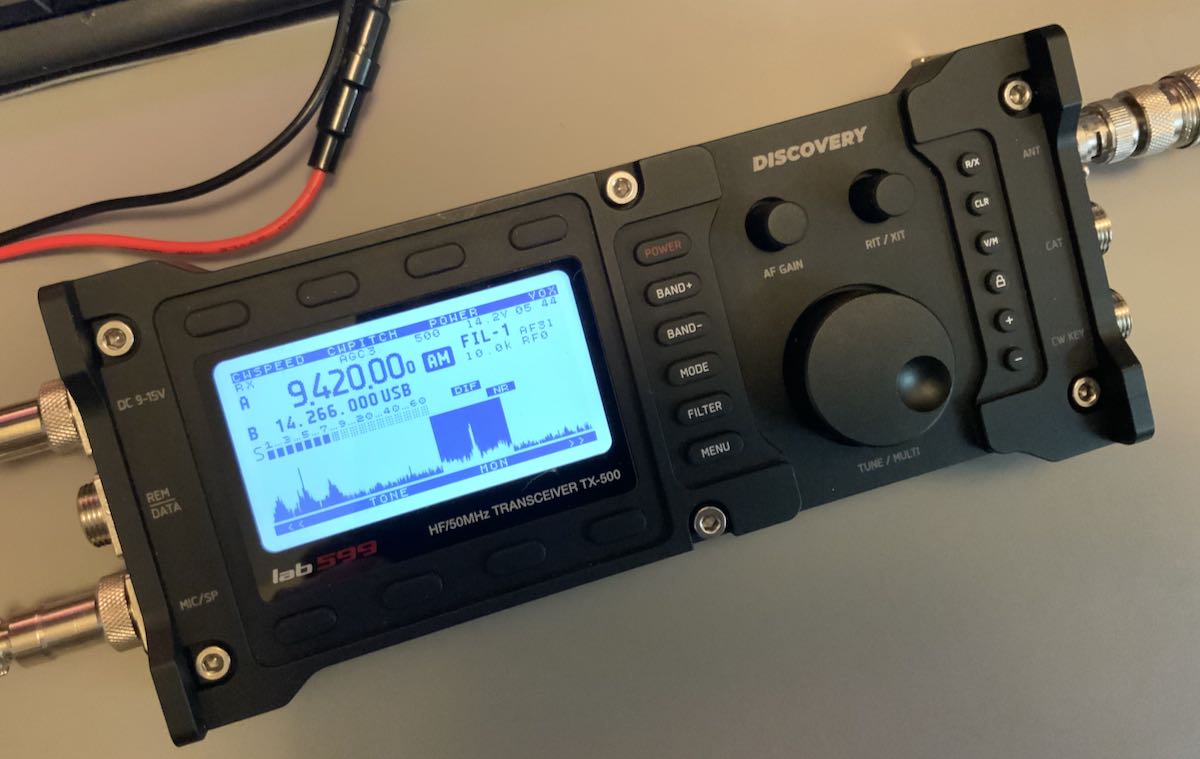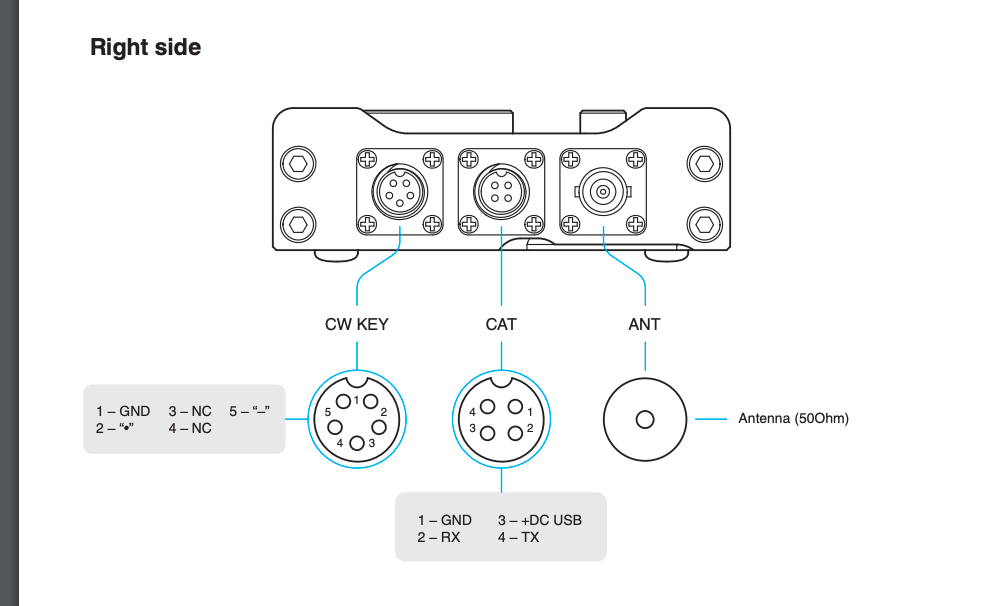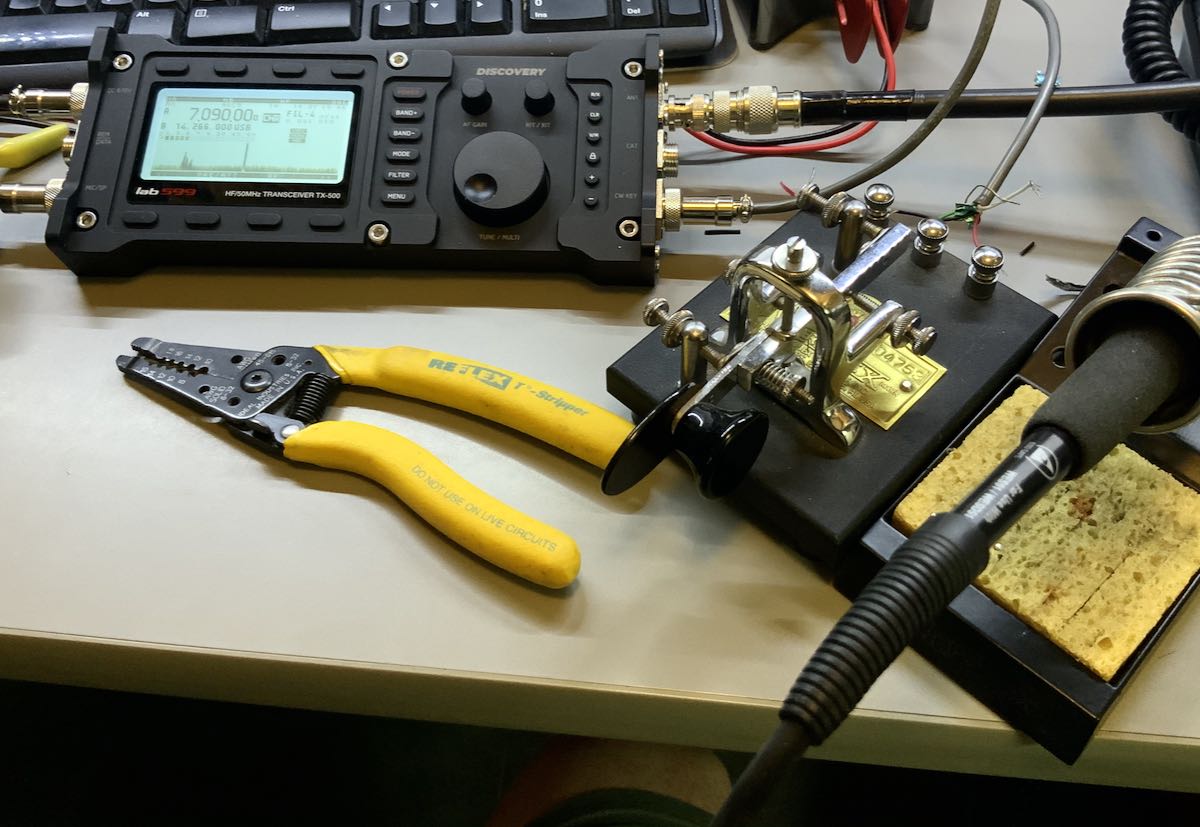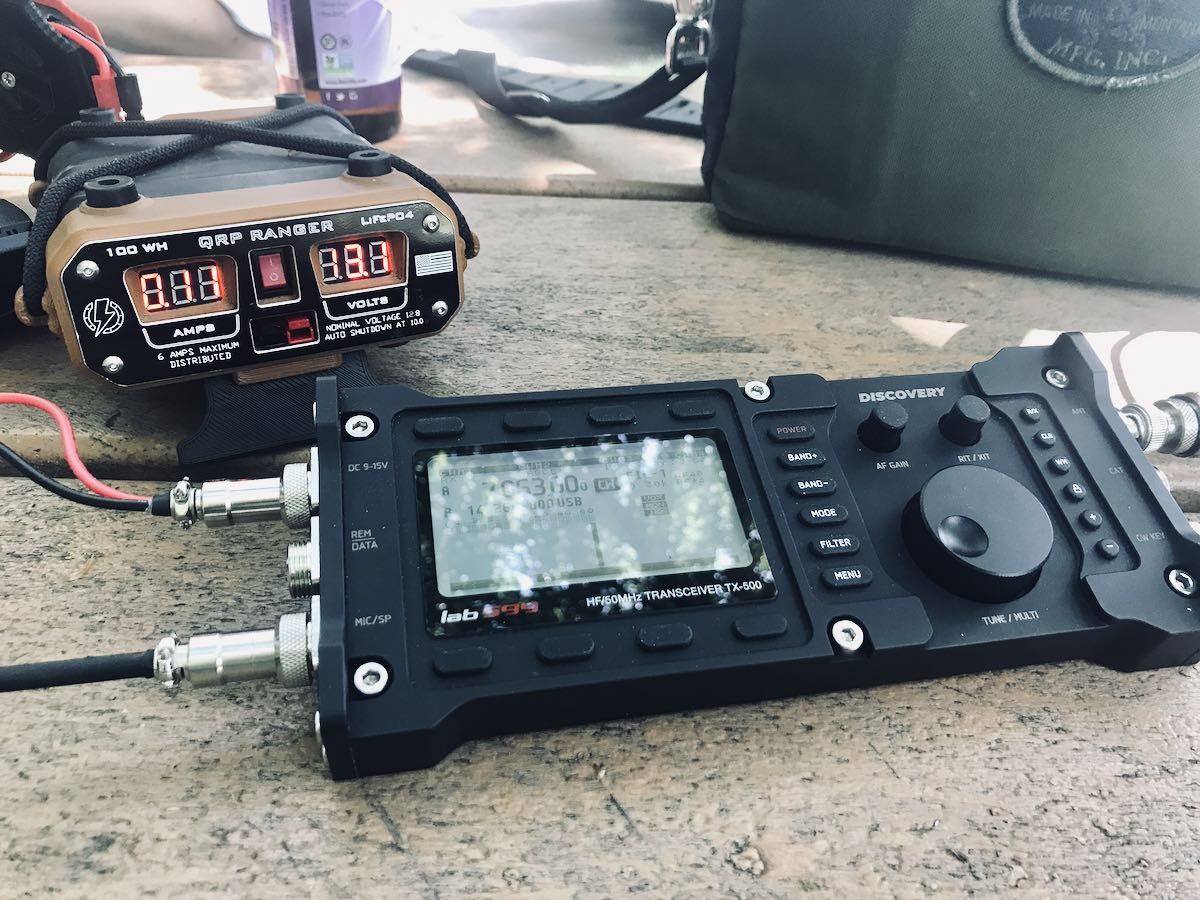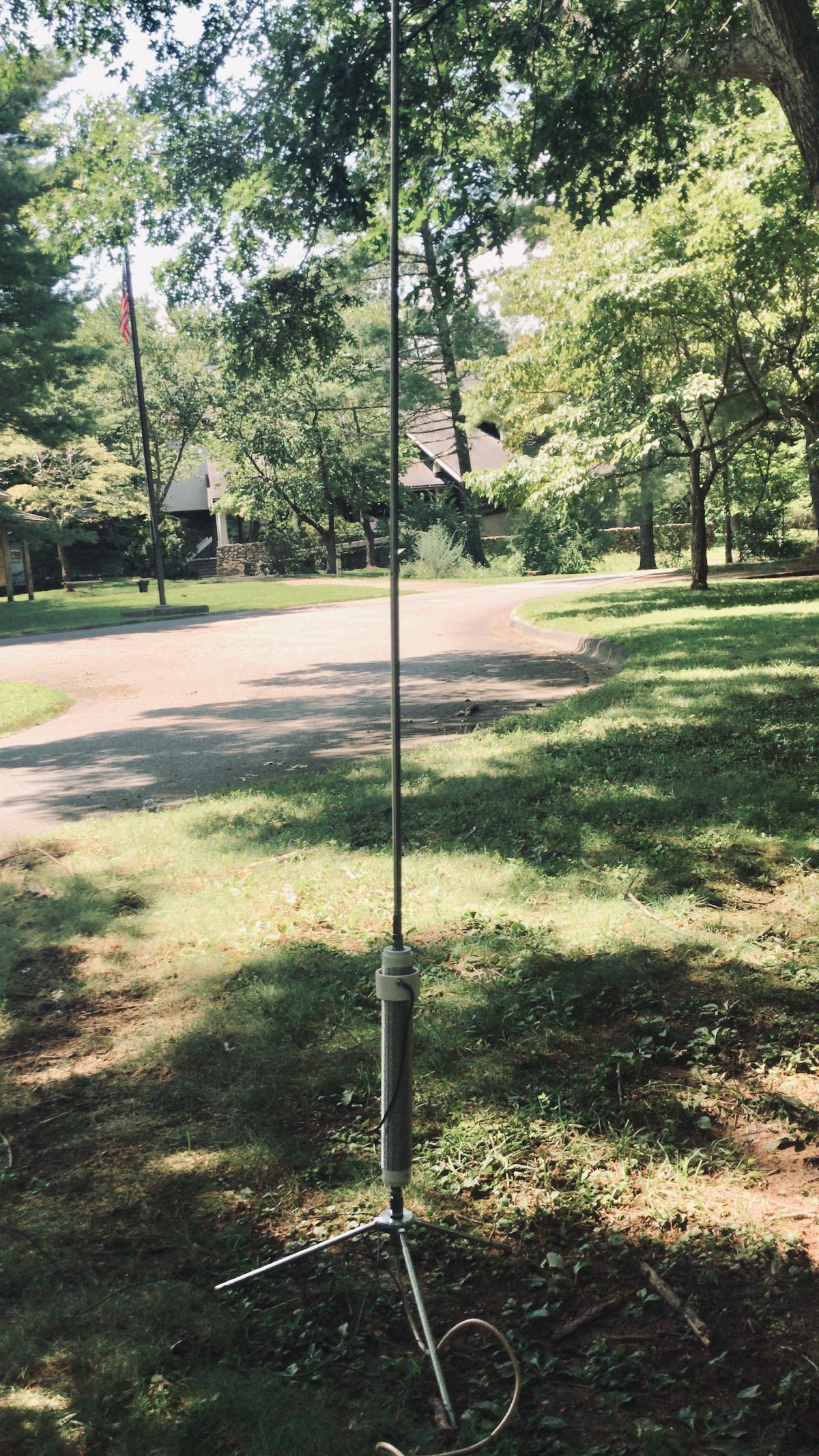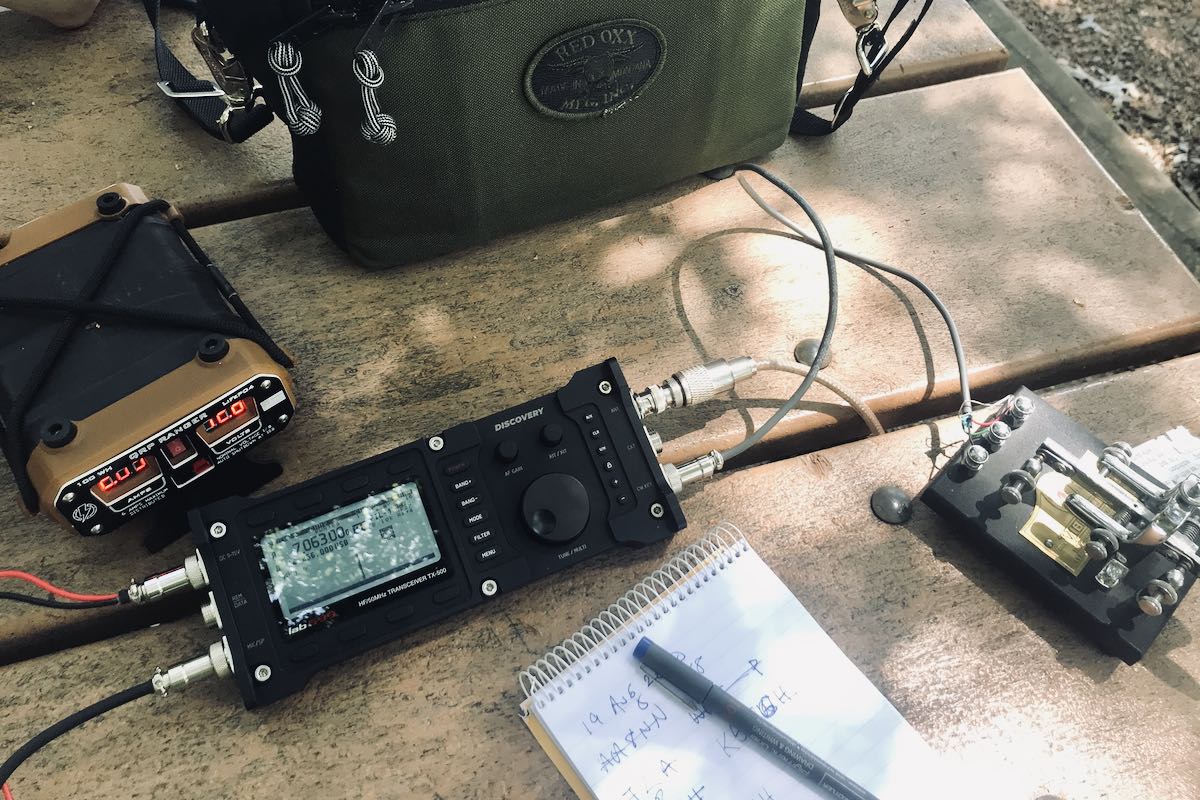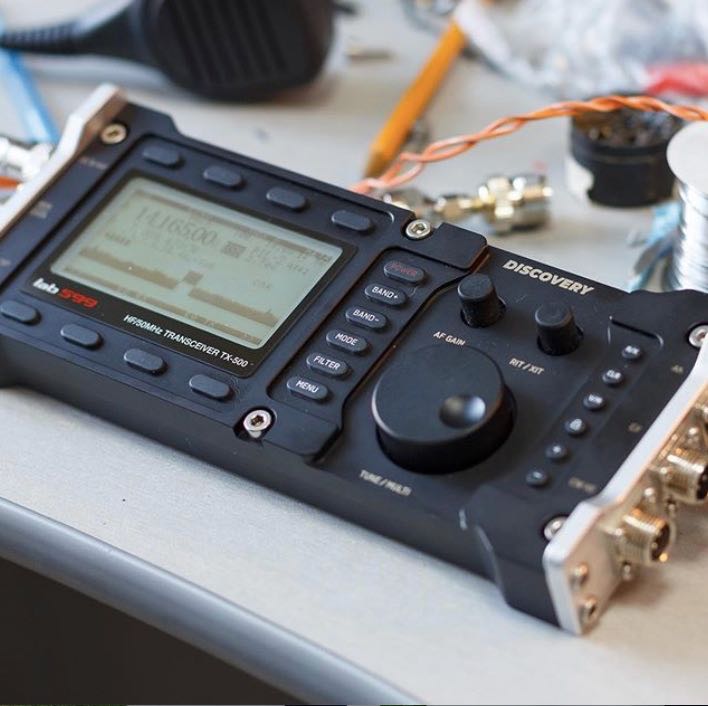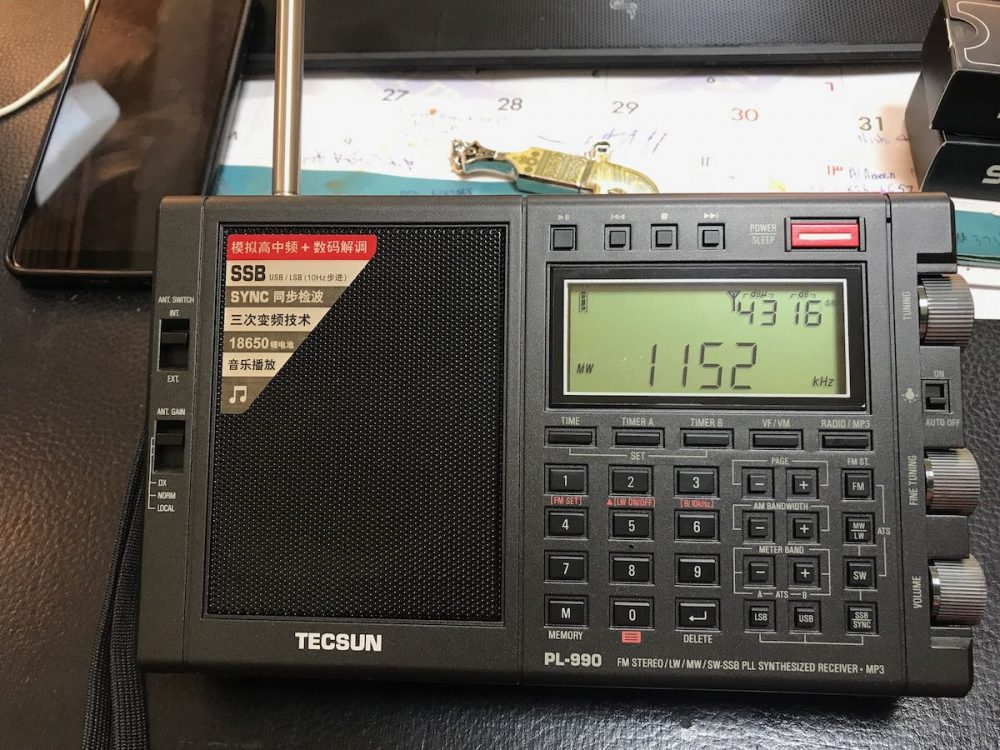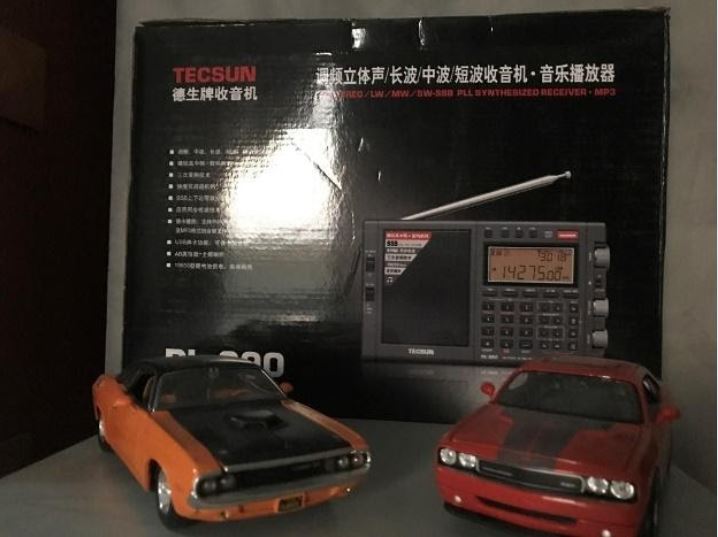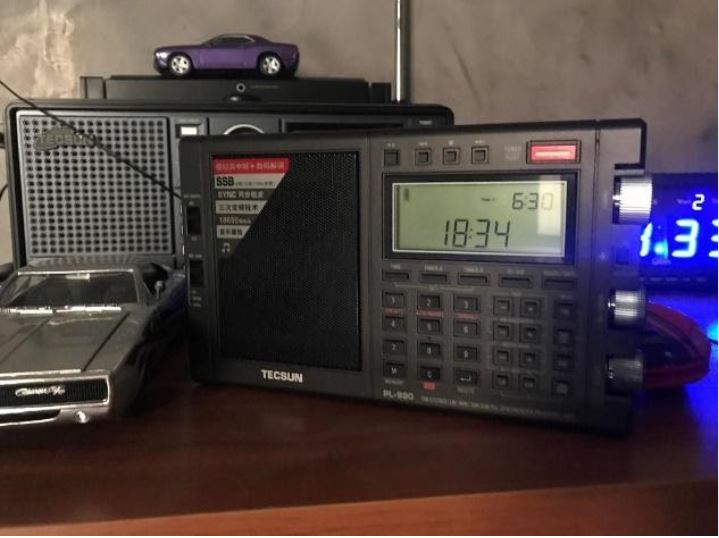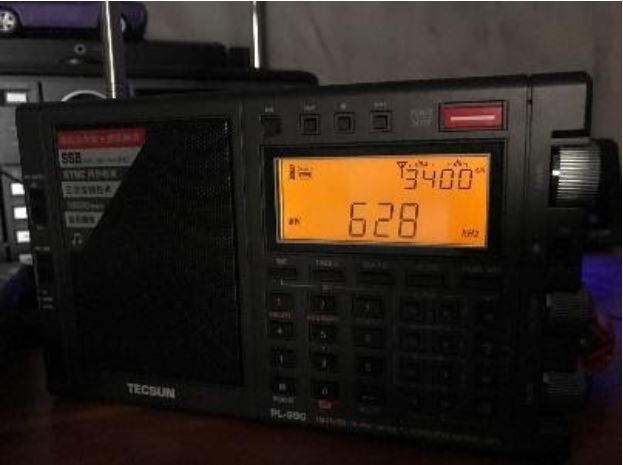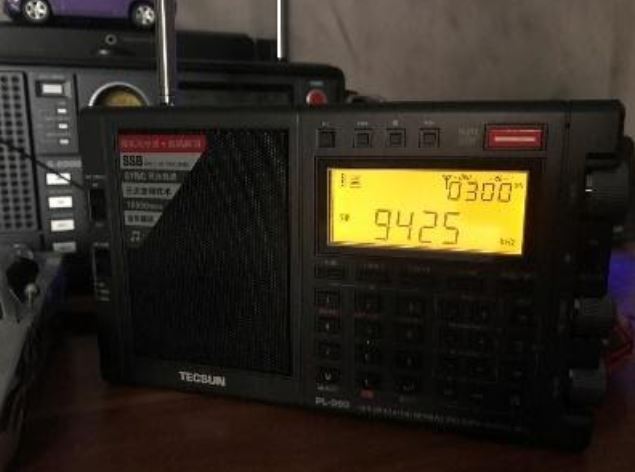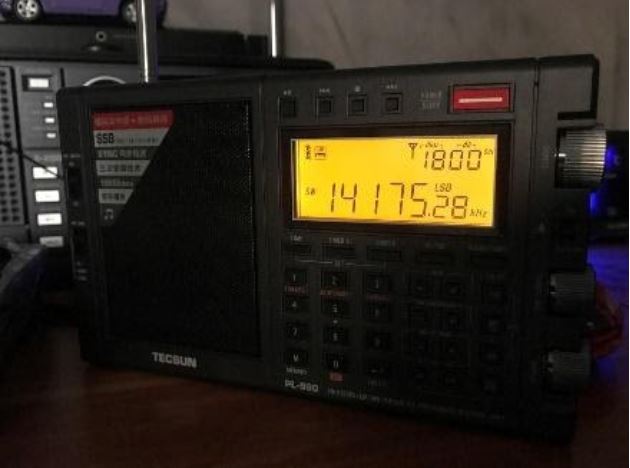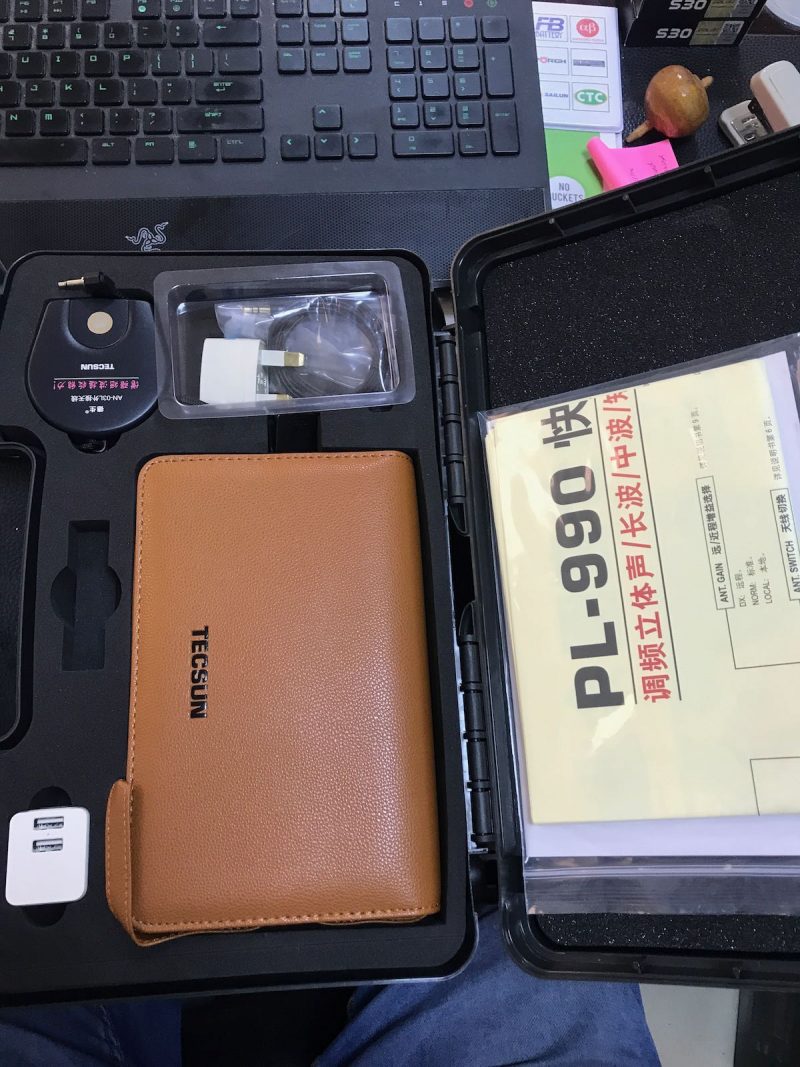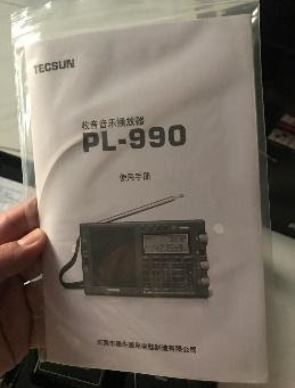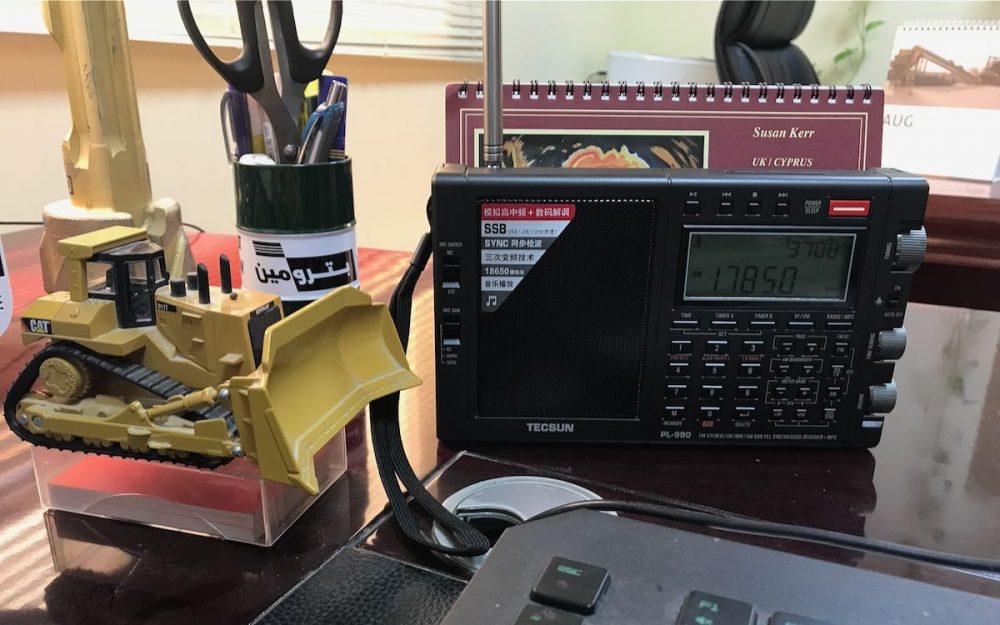I shipped the lab599 Discovery TX-500 I’ve been evaluating to HRO yesterday. I’ve had it on the air now for a week with intense use. I’ve activated a total of 8 parks in 7 days–via the Parks On The Air program. I’ve operated CW, SSB, and spent time listening to HF broadcasts.
I’ve gotten a number of questions from readers in comments and via email. What follows are my answers to the most frequently asked questions. Note that this will be a “living” FAQ post for the TX-500–I will update it periodically with new questions/answers:
TX-500 Frequently Asked Questions
Q: The TX-500 looks so thin and flat. Is it durable?
A: The TX-500 chassis is made of CNC-machined aluminum alloy. Without a doubt, it’s the most durable and rugged portable ham radio transceiver I’ve ever tested.
Q: Why did lab599 choose multi-pin connectors for the mic, speaker, and CW ports instead of standard 1/8″ plugs? Are they proprietary connectors?
A: Their goal was to make the TX-500 water-resistant. The TX-500’s connectors help prevent water intrusion. These are not proprietary connectors. While they’re uncommon in the world of amateur radio, they’re often used in aviation, commercial, and military applications.
The connectors are GX12mm in various pin numbers–refer to the port/pin configurations from the diagram above (taken from the TX-500 manual).
Note that W2ENY is selling a number of connector packages and TX-500 accessories.
Q: Is the TX-500 completely waterproof?
A: It’s my understanding that the TX-500 is sealed to the point of being water and weather resistant. Meaning, if it gets caught out in the rain, it should be fine. If you’re operating maritime mobile and it falls in the water? All bets are off. To my knowledge, the TX-500 is the most weather-resistant amateur radio transceiver currently on the market (please comment and correct me if I’m wrong on this point).
Q: Does the TX-500 have a built-in antenna tuner?
A: No. If you’re using the TX-500 you’ll either need a portable external antenna tuner, or operate with resonant antennas. In the field, I actually prefer using resonant antennas to get the most mileage per watt. At home, I employ an external ATU. In the field, I’ve used my ZM-2 ATU (see photo above) to tune my resonant antennas on other bands.
Q: Does the TX-500 have full break-in QSK for CW operators? Does it have pin diode switching?
A: No. The TX-500 uses a relay for transmit/receive switching. In my videos, you’ll hear the T/R switch as I’m keying. I keep the delay set to the shortest amount of time. At this setting, I can’t hear between characters, but I can hear between words. Some may call this “semi break-in.” The relay clicking, for what it’s worth, is the softest I’ve heard in a portable transceiver. I believe this is due to the fact the TX-500 is solid and sealed so thoroughly. You can hear it, though.
I believe this video will give you a good impression of how the relay sounds when set to the shortest delay/recovery time:
Q; How hot does the radio chassis become after continuous use?
A: Not hot at all. In fact, I’ve operated this rig up to two hours calling CQ at POTA sites and it just felt warm–not hot–which is exactly what I would expect. This radio was designed to be operated without any sort of cooling fan and the aluminum alloy chassis seems to do a fine job dissipating heat.
Q: How easily can the screen be read outdoors?
A: Very easily. Indeed, the LCD screen was designed for outdoor visibility. The screen has a sealed reflective covering that does produce some glare, but no more than any other field radio.
Q: How much current does the TX-500 draw on receive?
A: I’ve measured around 110 – 120 millamps with the volume level at a loud setting in the field. In a quiet environment like the shack, it draws 100 milliamps–I’m sure using headphones would be the same. This is very much a benchmark figure for full featured general coverage transceivers. It’s even a tad better than the Elecraft KX2.
Q: Who is lab599 and where do I send this radio if it needs repair?
A: Lab599 is a new radio manufacturer in Rubtsovsk city in the Altai region of Russia. See map:
At time of posting, I can confirm that there will be a US-based service center in Nevada. I don’t know yet if other service centers will be established across the globe.
Q: How much does the TX-500 cost and when will it start shipping?
A: According to Ham Radio Outlet and Pileup Communications–at time of posting, the only TX-500 distributors–they expect the TX-500 to start shipping mid-September 2020. The HRO price is $789.95 and Pileup Communications price is 890 EUR.
Q: Does the TX-500 ship with any accessories?
A: Yes. At least, the package Ham Radio Outlet is selling comes with a speaker/mic, and assortment of connectors–everything you need to get on the air. Click here for detail.
Q: Can I operate FT8, PSK31, and other digital modes with the TX-500? Does it have an internal sound card?
A: Yes, you can certainly operate digital modes with the TX-500. I did not have all of the connectors to do this with my pre-production demo unit. It does not have an internal sound card (so I would recommend something like the SignaLink USB), but it does have both CAT control and VOX capabilities in Digital mode. It should be simple to set up and easy to operate.
Q: Is the TX-500 a good radio for SWLing too?
A: Yes it is. I wrote a short post about this which includes a demo video. My full review will go into more detail.
Q: When will your full TX-500 review be published?
A: I will be publishing a comprehensive review of the TX-500 in the October 2020 issue of The Spectrum Monitor magazine. It will be published here on the SWLing Post one month later. Click here to read all of my TX-500 posts.
I’ll update this post with more TX-500 answers as I receive inquiries.
Do you enjoy the SWLing Post?
Please consider supporting us via Patreon or our Coffee Fund!
Your support makes articles like this one possible. Thank you!

